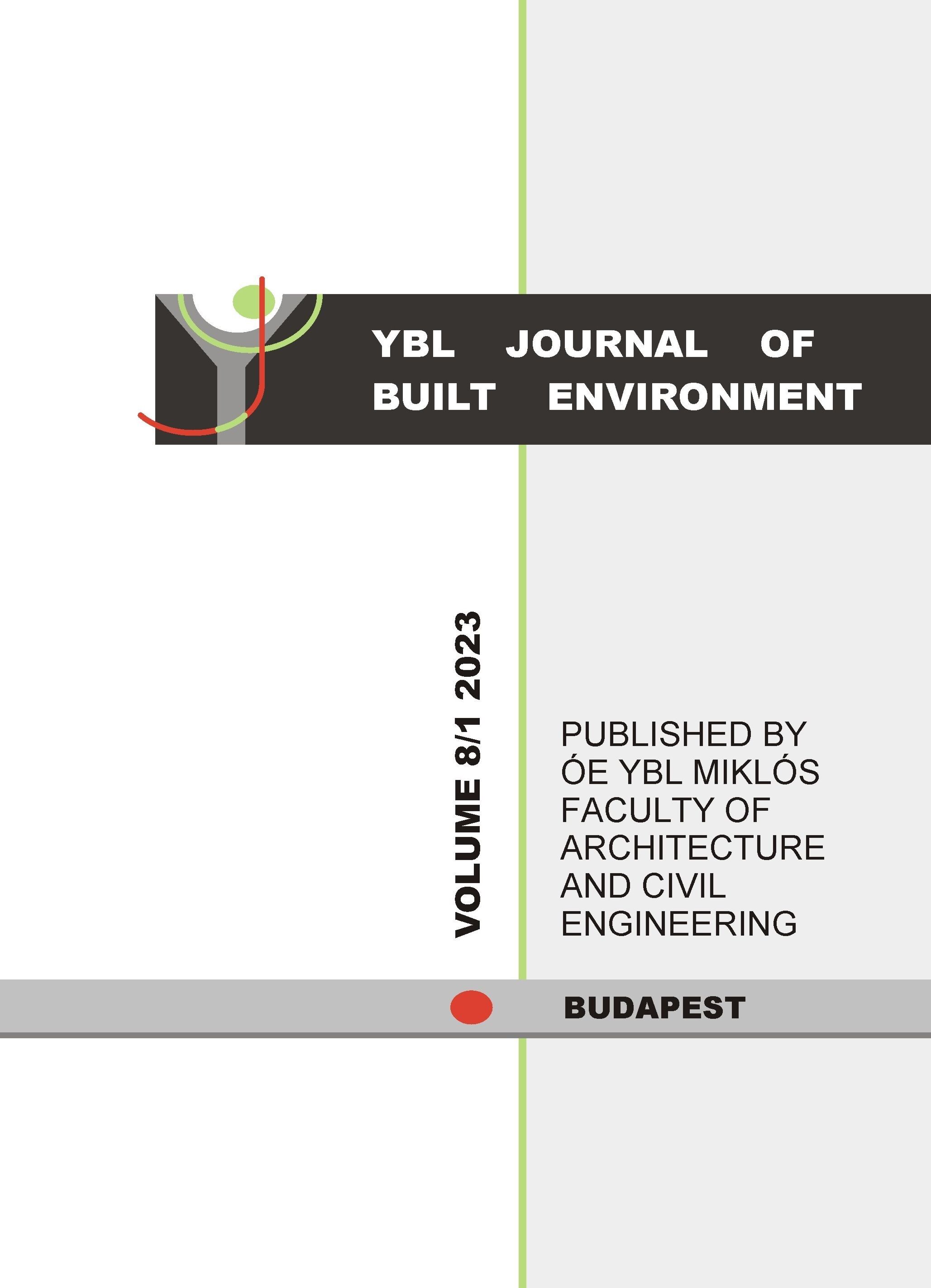Urban Housing Typologies Through Modern History
Keywords:
City Housing, Mixed-use, Shared Spaces, Forms of living, self-built, informal settlementAbstract
Urban housing typologies refer to different ways of designing and constructing various types of housing that exist in urban areas. They can be classified by function, form, shape, construction type, and materials. Several residential building models, typologies, and different solutions have emerged with the aim of solving the problems arising from overpopulation. Some of these have succeeded, while others have failed miserably. As the twenty-first century progresses, the world is facing major housing and environmental challenges; the increase of the population and the lack of resources and housing areas constitute a direct threat to human wellbeing, and to the “health” of the planet. This has already started to have a major effect on architecture in general, and on housing design in particular, with new sustainable models and typologies. This paper focuses on the historical development of urban housing, and investigates its shaping factors, and the most important theories and movements which had an impact on urban housing. Furthermore, the paper asks questions about what is driving change in contemporary urban housing design, and what the new directions in the field are, searching for solutions on demand. It also investigates urban housing typologies and classifications and their relations to the surrounding built environment.
Downloads
Published
Issue
Section
License
Copyright (c) 2024 YBL Journal of Built Environment

This work is licensed under a Creative Commons Attribution-NonCommercial-NoDerivatives 4.0 International License.


